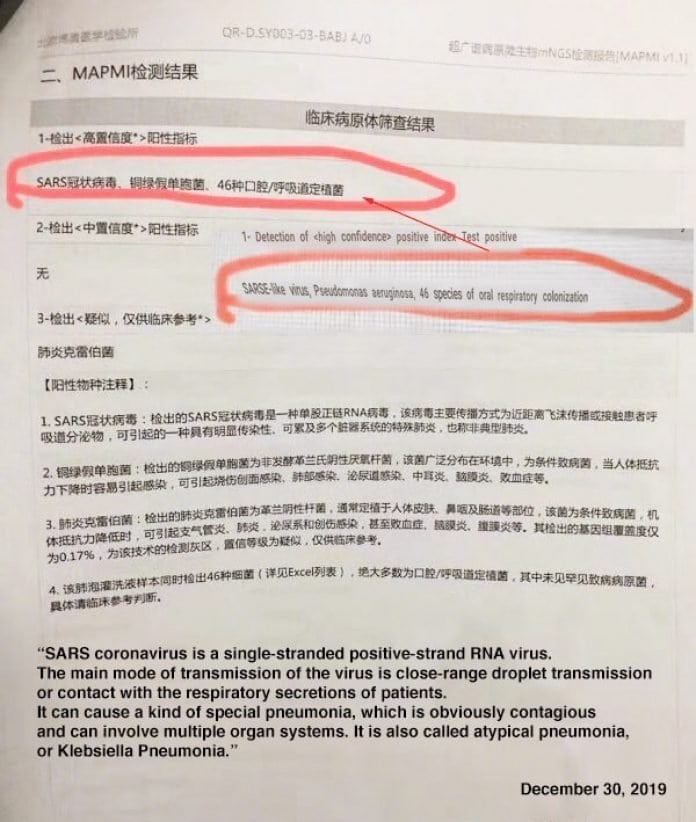People often confuse the statue of St. Teresa of Avila with that of Bl. Ludovica Albertone, especially when they see the statue of Ludovica first.
After all – who do you see in this picture?

If you see St. Teresa – that’s fantastic . . . keep reading.
St. Teresa


The Cornaro family were from Venice and owned 8 different palaces there, and a small Greek island. They also owned one palace in Rome. This is a family that can afford a fancy chapel. Completed between the years 1647-1652 (20 years before the Ludovisi statue), the St. Teresa statue group are placed in the left transept of the Santa Maria della Vittoria Church. I state statue ‘group’ because (as everyone forgets) on the left and right walls of the St. Teresa statue are carved seven family members of the Cornaro family. They are placed as if sitting in theatre boxes. Those statues alone are priceless. The exceptional foreshortening and illustrating how people really are. They are not paying any attention to the main scene, engrossed in their own petty gossip and carnal pleasures, and completely missing the supernatural event.

The Visions
St. Teresa was a religious in a Carmelite monastery for several years before receiving the first of her visions. From this, she began to meditate more on the Passion of Christ. Her visions continued, and as she grew in virtue, God would test her with various trials. Suffering and overcoming such events, she was blessed with a clear sign of His presence. “There grew within me so strong a love of God that I did not know who was inspiring me with it, for it was entirely supernatural … This love came to me in vehement impulses, … and I was incapable of containing myself: it really seemed as though my soul were being torn from me.”
“… an arrow is driven into the very core of my being, and sometimes into the heart, so that the soul does not know what is the matter with it or what it desires. It knows quite well that it desires God and that the arrow seems to have been dipped in some drug which leads the soul to hate itself for the love of this Lord so that it would gladly lose its life for Him. No words can describe how God wounds the soul and the sore distress which He causes it, so that it hardly knows what it is doing.”
How to express this in sculpture?
Fainting and swooning poses were very popular before this statue – nothing new here, and the eyes rolled back always symbolise ecstasy.

But the first thing that should be noticed when viewing the statue is that it is so difficult to view! It is placed high above the side altar, and her body is turned away from the viewer! One is forced to strain, stretch, stand on their toes, move from left to right in order to make out the entire scene.
Bernini has just forced you to join in that spiritual experience of desiring to see and to know – and to be deprived.

The angel however, we can see him fairly well. Is he laughing at Teresa? Laughing at her poor, human existence? Well, then – he is laughing also at us, just as Cupid laughed at Apollo as he was running after Daphne.
But remember – Apollo was struck with the poison to love; Teresa is struck with the wound of absence of love.
.
.
.
Blessed Ludovica

Located in Trastevere at the church of St. Francis a Ripa, this statue was initiated in 1671, when Ludovica was finally officially recognised as Blessed by Pope Clement X. Bernini was in his ’70’s and was working on the amazing tomb of Pope Alexander VII Chigi and the beautiful side altar to the Blessed Sacrament in St. Peters when he got the commission for this statue.

He is now the master of light, shadow symbol and expression, and redesigned the chapel so that light would come in not just from a small lantern, but also from two windows on the sides. The window on the right was later walled up because of additions outside the church.
Remember that fainting and swooning poses were very popular. The eyes rolled back always symbolise ecstasy.
The hand pressing against the breast is the universal Church symbol for the Theological virtue of Charity. Normally, it is a statue of a woman feeding an infant (or two). The expression we see here is of a saint who is inflamed with the fire of Divine Charity – love. Charity is the greatest of the theological virtues. Love of God, then love of your neighbour.
The breast is also close to the heart, and so also symbolises giving her heart to Christ. Charity and love are inseparable.

The sculpture was finally completed in 1674, and it was decided that Baciccia should do a painting that would better compliment the sculpture of Bernini.
One should look for a visual connection between the Blessed Virgin in the painting and the Ludovisi statue. Look especially at the hands, sleeves and the distribution of light. Look for acts of charity.
Notice the similarities and differences tra Ludovisa and Teresa:
- Ludovica is facing her audience, drawing their attention to Charity; Teresa is turned away from the audience, forcing more the attention on the Divine act of the angel, who represents Christ.
- Jesus is the center of the action; she is a passive recipient.
- Teresa is being pulled toward the angel, whereas Ludovico is pushing her own body forth.
Baroque art is fascinating, if you know the stories behind the sculptures. There is more to the store than just what meets the eye.

